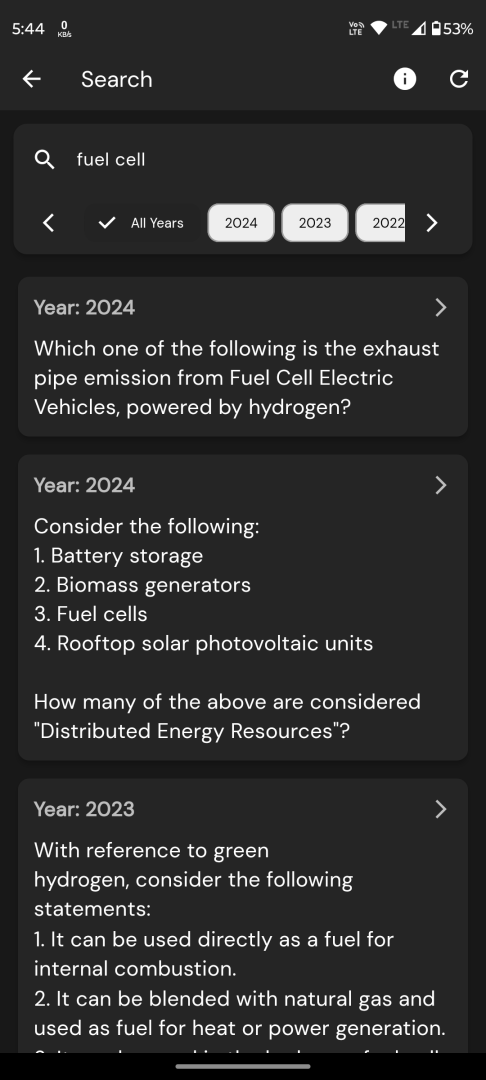Q. A Parliamentary System of Government is one in which
a) all political parties in the Parliament are represented in the Government
b) the Government is responsible to the Parliament and can be removed by it
c) the Government is elected by the people and can be removed by them
d) the Government is chosen by the Parliament but cannot be removed by it before completion of a fixed term
Correct Answer : b) the Government is responsible to the Parliament and can be removed by it
Question from UPSC Prelims 2020 GS Paper
Explanation:
Parliamentary System of Government
In a parliamentary system of government, the executive branch derives its democratic legitimacy from its ability to command the confidence of the legislative branch, typically a parliament, and is also held accountable to that parliament. In such a system, the head of state is usually a different figure from the head of government, reflecting a distinction between the ceremonial representation of the state at home and abroad (often fulfilled by a president or monarch) and the political leadership of the government (typically filled by a prime minister, premier, or chancellor).
Key Features of a Parliamentary System
The key features that define a parliamentary system include:
- Executive-Legislative Interdependence: Unlike in a presidential system, where the executive and legislative branches are separate and coequal, in a parliamentary system, the executive is dependent on the direct or indirect support of the parliament. This support is often manifested through a vote of confidence.
- Responsibility to Parliament: The government (executive) is responsible to the parliament. This means that the government must retain the confidence of the majority of the parliament to stay in power. If the parliament passes a vote of no confidence, or in some cases fails to pass a key piece of government legislation (such as the budget), the government must either resign or a general election is called.
- Removal by Parliament: As a direct consequence of being responsible to the parliament, the government can be removed by it. This is typically done through a formal vote of no confidence. If the government loses this vote, it must either resign or seek a dissolution of parliament and call for a general election.
The other options provided do not accurately describe a parliamentary system:
- a) Not all political parties in the parliament are represented in the government. Typically, the government is formed by the majority party or a coalition of parties that hold a majority.
- c) While the government is elected by the people in a general sense (since the members of parliament are elected and they in turn support the government), the direct removal of the government by the people is not a feature of a parliamentary system. Instead, the government’s continuation in power is subject to parliamentary confidence.
- d) In a parliamentary system, the government can indeed be removed by the parliament before the completion of a fixed term, contrary to this statement. This is a fundamental aspect of parliamentary accountability and flexibility.
Therefore, option b) accurately captures the essence of a parliamentary system’s mechanism for government accountability and potential removal.





